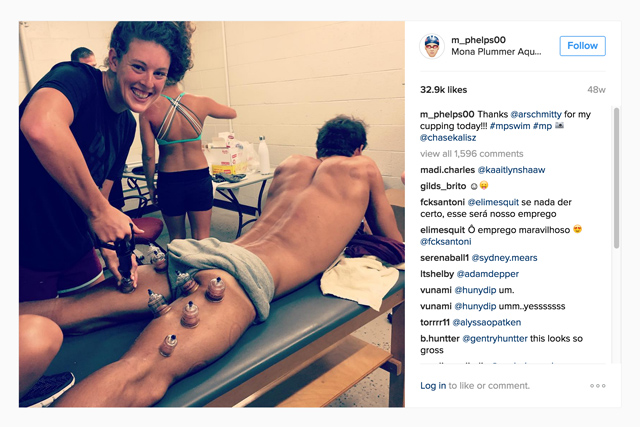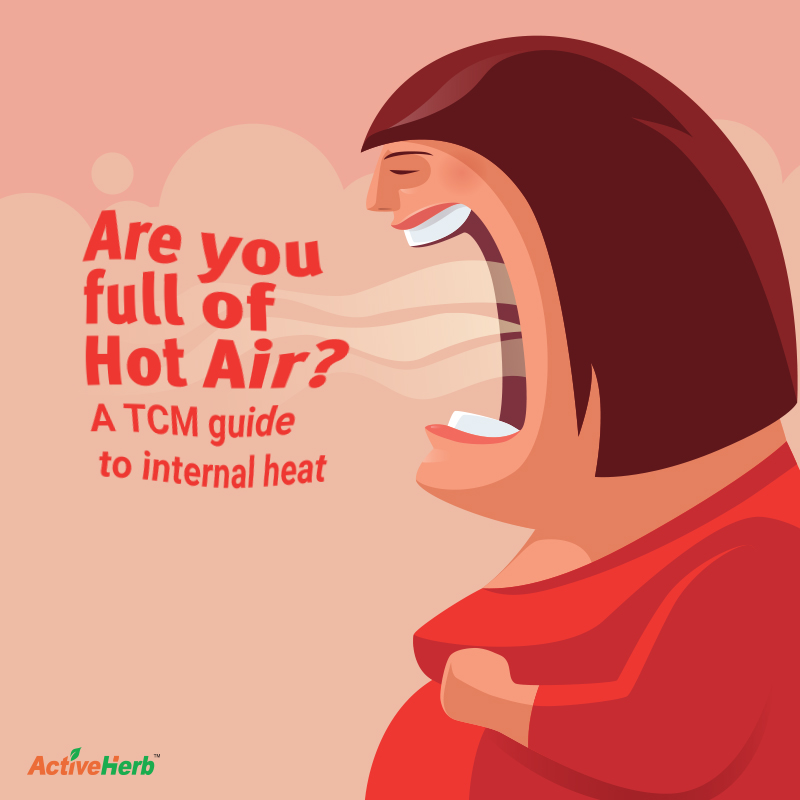Beyond the Bruising: Can cupping therapy speed up sport injury healing?

Cupping therapy became more well known as the result of the 2016 Summer Olympics. Beyond the bruise marks, what is cupping therapy all about?
“What are those weird bruises all over Michael Phelps’ body?”
That’s a question many people have been asking recently. The answer to what the mysterious marks on Phelps’s physique, and dozens of other Olympic athletes’ bodies are, is cupping bruises. Cupping is an ancient form of healing. It can help relieve sore, achy muscles and provide pain relief.
As Michael Phelps told CCTV, “It relaxes my muscles from soreness and pain. It makes me feel more flexible. I do cupping all the time, even between meets … it is effective for me and it is my way of recovery … others could benefit [from cupping] as well.”
People unfamiliar with cupping therapy are indeed correct in calling the marks on Phelps’ body, bruises. But here’s the difference between modern/western and traditional/eastern culture’s perspective on bruising….
In western society, bruising is often regarded as a bad thing. Get a nasty bruise from a sports injury and what’s a popular remedy? Ice the bruise. On the other hand, traditional societies, have used suction therapy, such as cupping, for thousands of years, to specifically induce bruising.
The Purpose of Cupping Therapy
Cupping acts as a suction or vacuum. The treatment, involving heated glass (or, more traditionally, bamboo jars) pulls metabolic waste and stagnant blood from deep muscle tissue upwards towards the superficial layer of skin. This vacuum effect causes fine blood vessels (capillaries) to expand and burst, causing the bruising. But rather than looking at the bruising as a trauma, from a TCM perspective the bruising is a good sign. It’s an indication that toxins embedded in stagnant blood (and other fluids) have risen to the skin’s surface. In the deep layers of tissue, blood flow becomes more like a free-flowing river, rather than a static swamp.
TCM Theory of Cupping Therapy
Cupping unblocks the collaterals/meridians, moves Qi and invigorates Blood, reduces swelling and relieves pain, and disperses Wind and Cold. This ancient modality may have been a primitive form of surgery in ancient China and other far eastern cultures. The therapy was used to treat pus-filled boils (sometimes using cattle horns).
It’s easy to see why suction therapy was used as a treatment for lesions and boils, as antibiotic ointments and dermatologists did not exist, of course. But whether cupping therapy is used for boils or for over-used and abused muscle tissue of Olympic swimmers and other athletes, the bottom line is that cupping therapy treats blood stasis/stagnation.
Bodily functions become compromised when blood stagnation is present. Depending on the severity of the stagnation, imbalances can be minor or major. Consider when there is blood stagnation in the lower extremities from sitting too much: the flow of Qi becomes impeded. Sharp, stabbing pains may occur in the glutes or calf muscles, for example. The muscle tissue may be very tender to the touch.
The western approach to this problem would be to ice the area of pain. But icing a bruise or painful area of the body may further lead to increased blood stagnation. The obvious causes of Blood stagnation is injury and scar tissue from surgery. But poor diet, a sedentary lifestyle, emotional stress and chronic muscle stress—tension in the trapezius muscles of the upper back from typing away at the computer, for example—can all lead to blood stagnation.
TCM Formulas for Blood Stagnation
Regardless if you’re an aspiring Olympic athlete or an 8-5 office worker, blood stagnation can also be treated with TCM formulas and individual herbs that are plant-based and all-natural. Many people prefer TCM herbs over cupping for sports recovery and to remove blood stagnation because, well, cupping is intrusive.
Not everybody likes having bruises on their body for a few days to a couple weeks. And cupping isn’t something you can self-administer very easily; it requires an appointment with a licensed therapist. It’s far easier and quicker to take TCM herbs for sports recovery than to receive cupping.
Our classic formula, Bruise Mender contains 23 herbs support recovery by promoting blood circulation as well as strengthening the blood, tendons and bones.
Another classic TCM formula you can buy for clearing blood stagnation is Blood StasisClear. When qi becomes blocked, discomfort in the body may manifest. The 11 TCM herbs in Blood StasisClear unblock Qi. This formula is especially strong in both removing blood stasis.
TCM Herbs for Blood Stagnation
You can also buy individual herbs for blood stagnation. One popular herb that’s in our Blood StasisClear formula is Tao Ren. Tao Ren (aka Peach Kernel) and Hong Hua (Safflower) invigorates the blood to remove blockages. San Qi (Notoginseng) is a very important herb for removing blood stasis and stopping bleeding. The popular spice, turmeric also may help with blood stagnation, so eat lots of it!
Cupping Therapy: Conclusion
Eating a low-starch, nutrient-dense diet, along with getting daily exercise, and receiving complementary therapy such as cupping, as well as taking TCM herbs make for an excellent combination to alleviate or even eliminate blood stagnation … no matter what your activity level.
Keep in mind, though, that sitting is the new smoking. Even if you go to the gym once a day for an hour, but the rest of the day you’re sedentary, you may still have blood stagnation. To be on the safe side, try our classic Blood StasisClear formula. It’s great for high-level athletes who need a sports- recovery-support-formula, as well as for those who prefer to enjoy the Olympics watching them on a couch.






